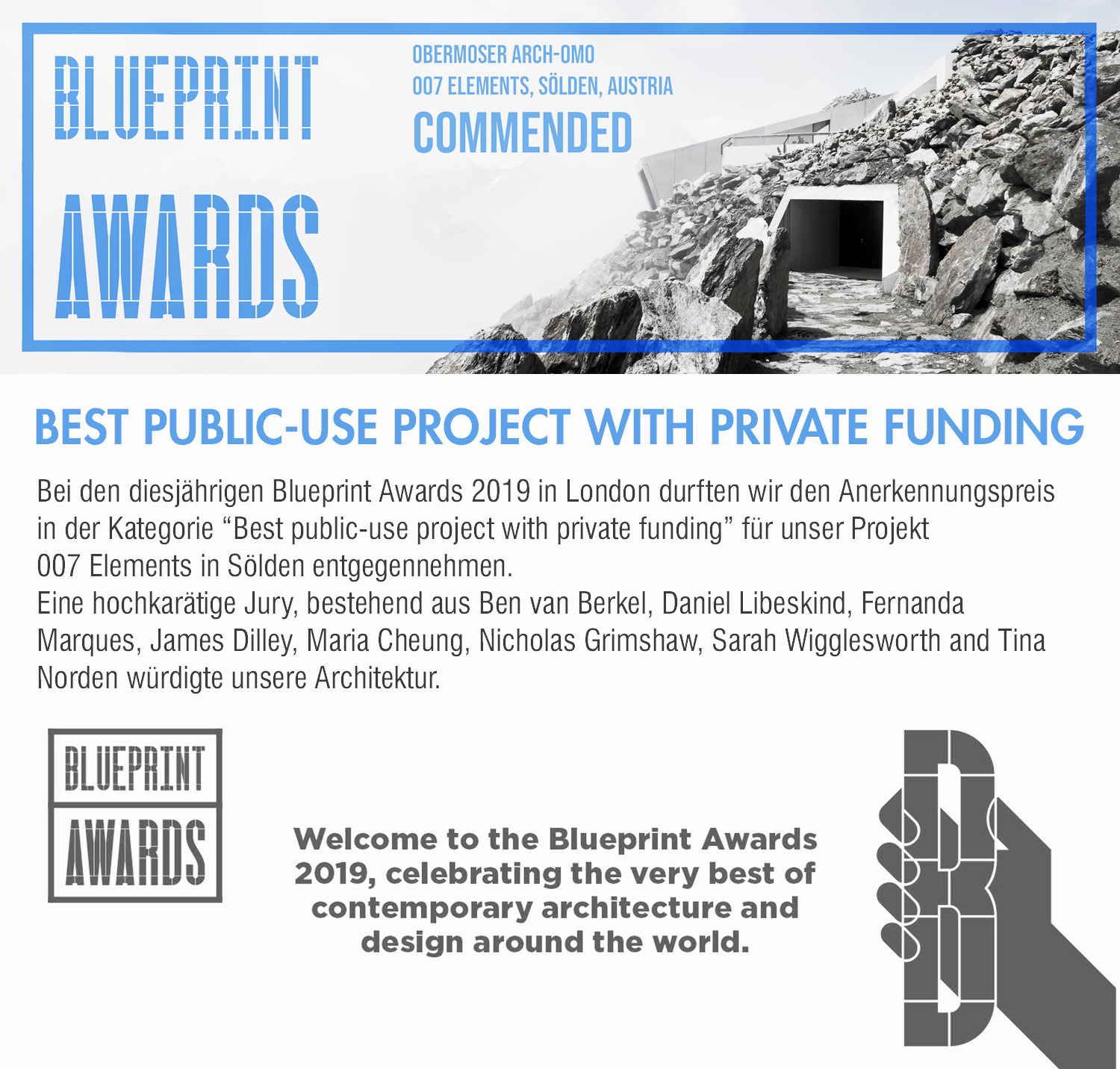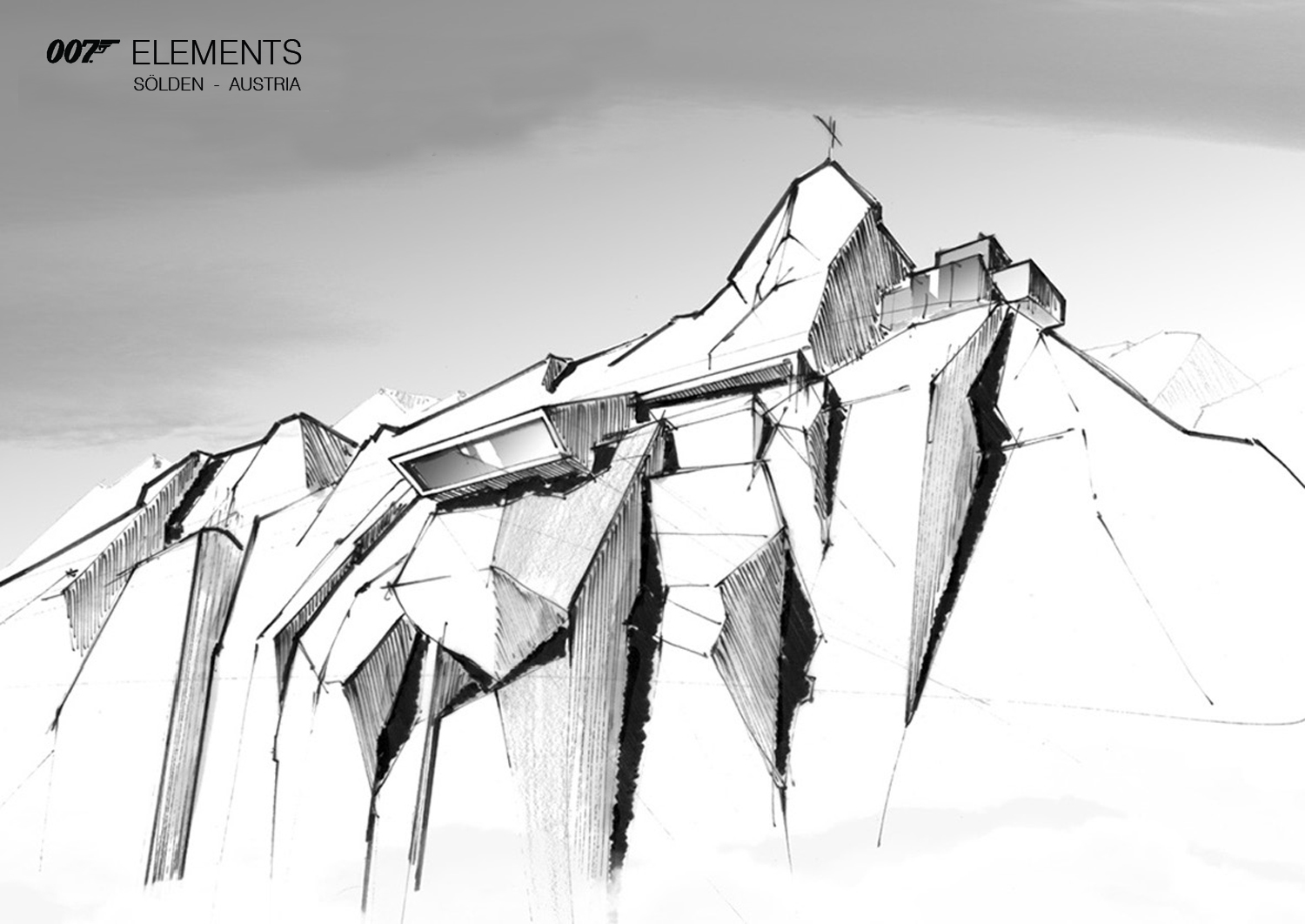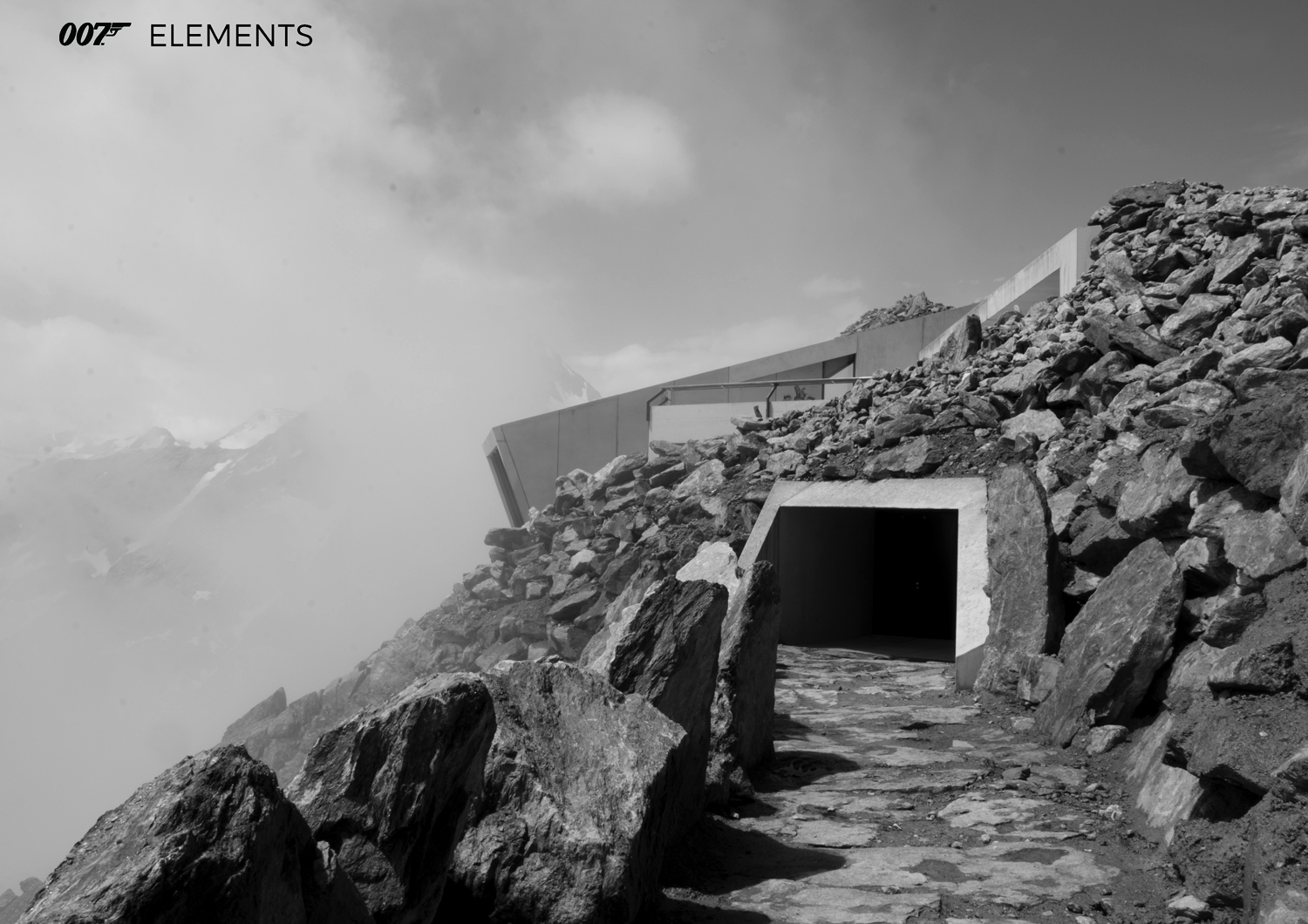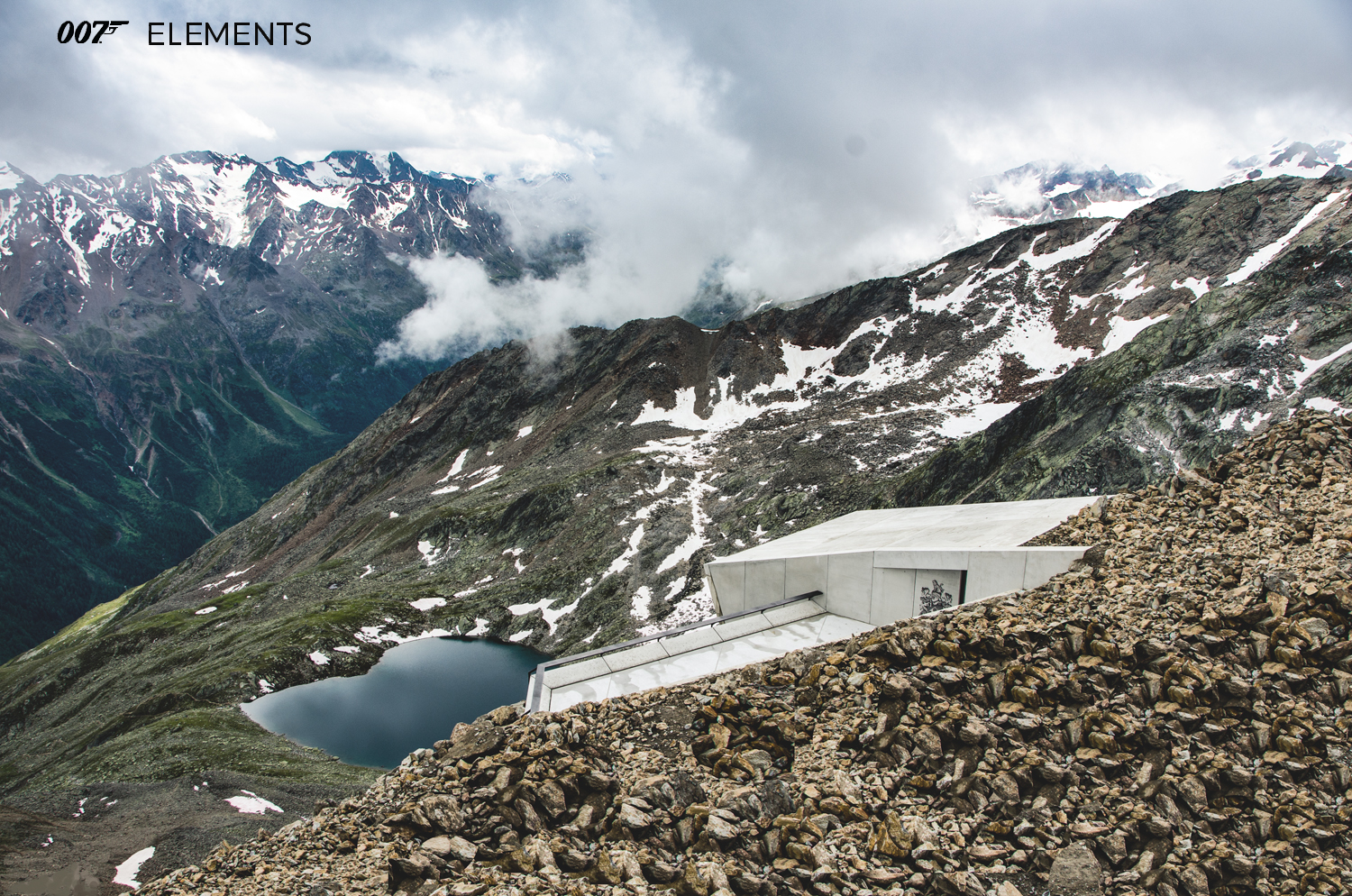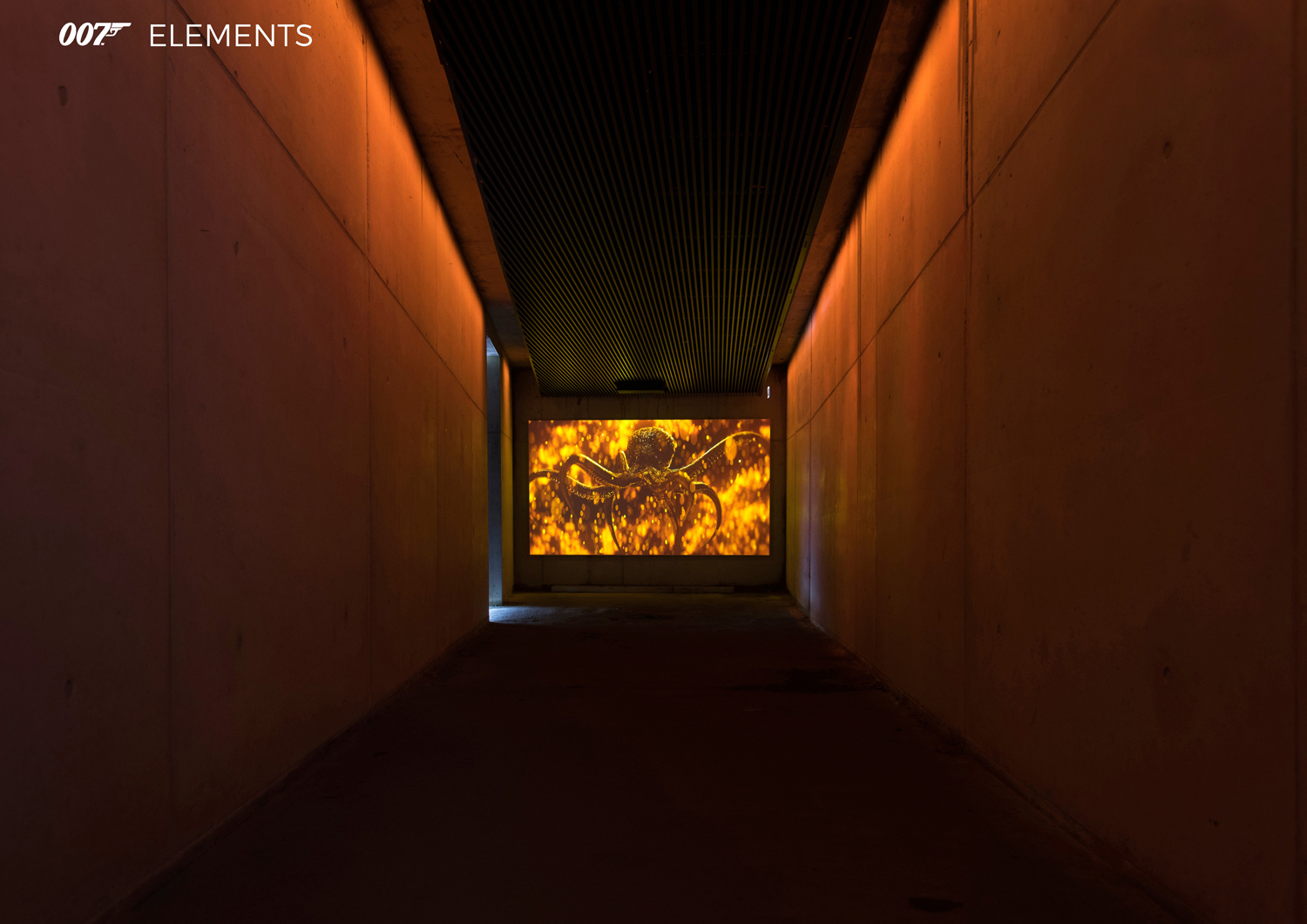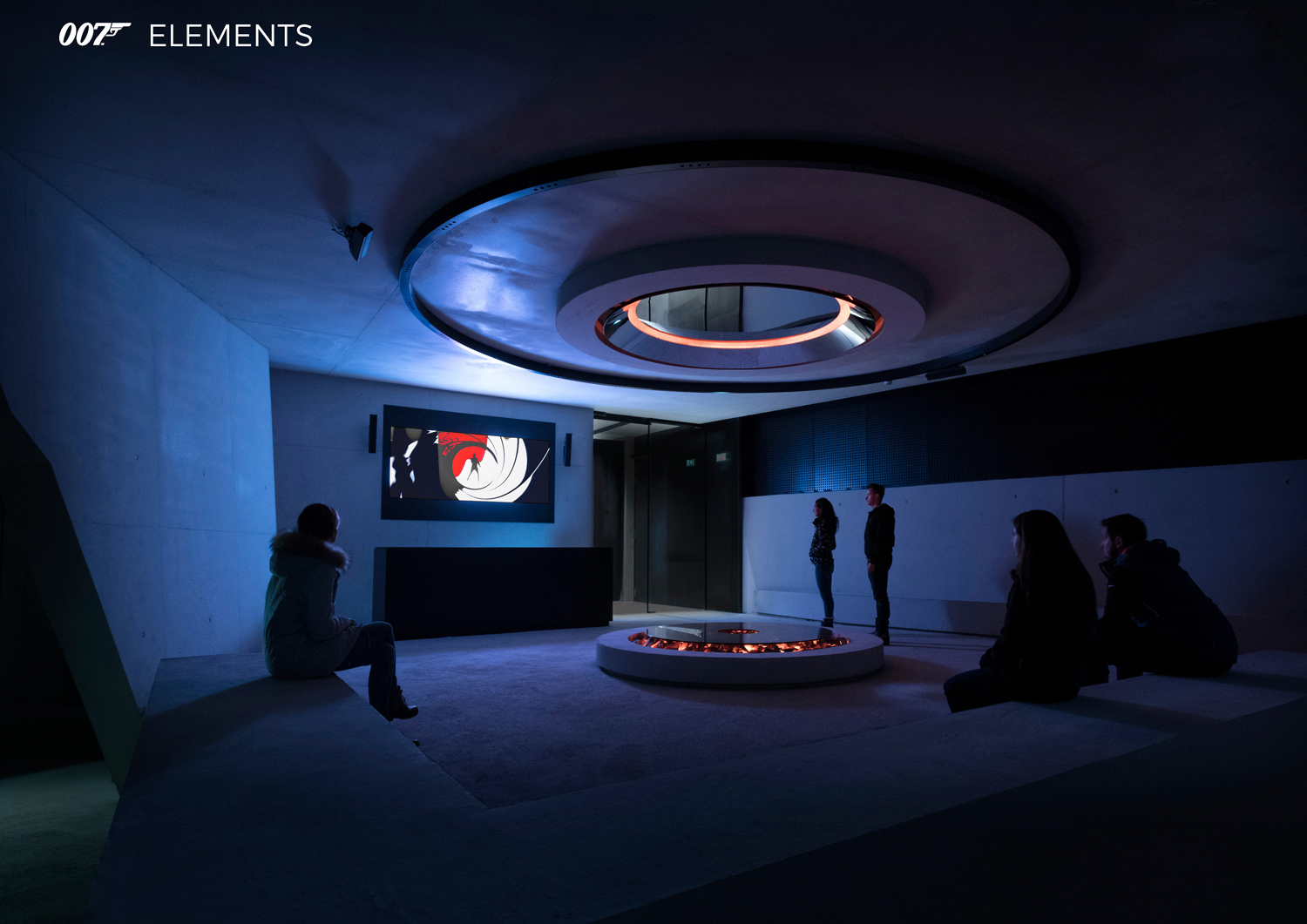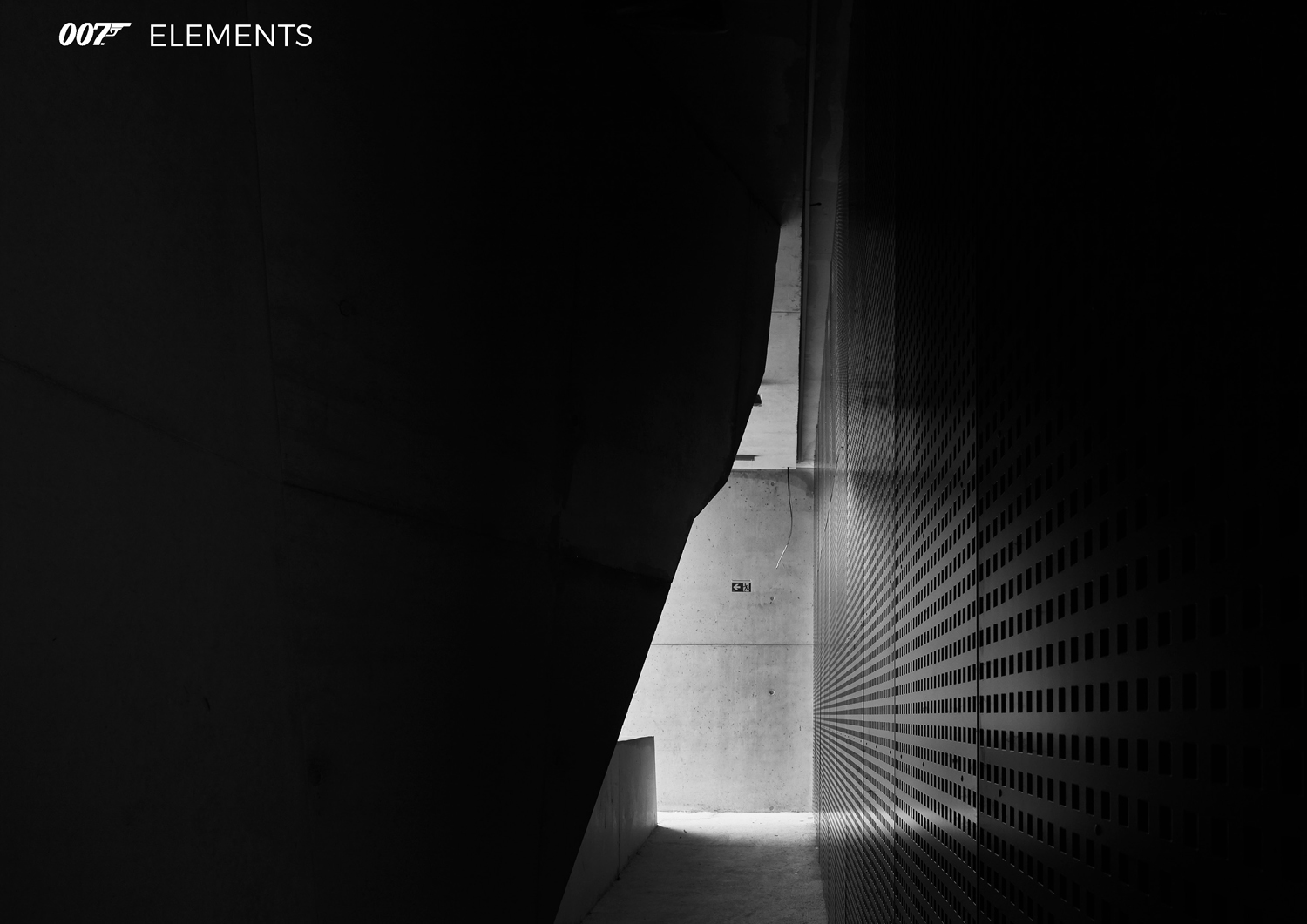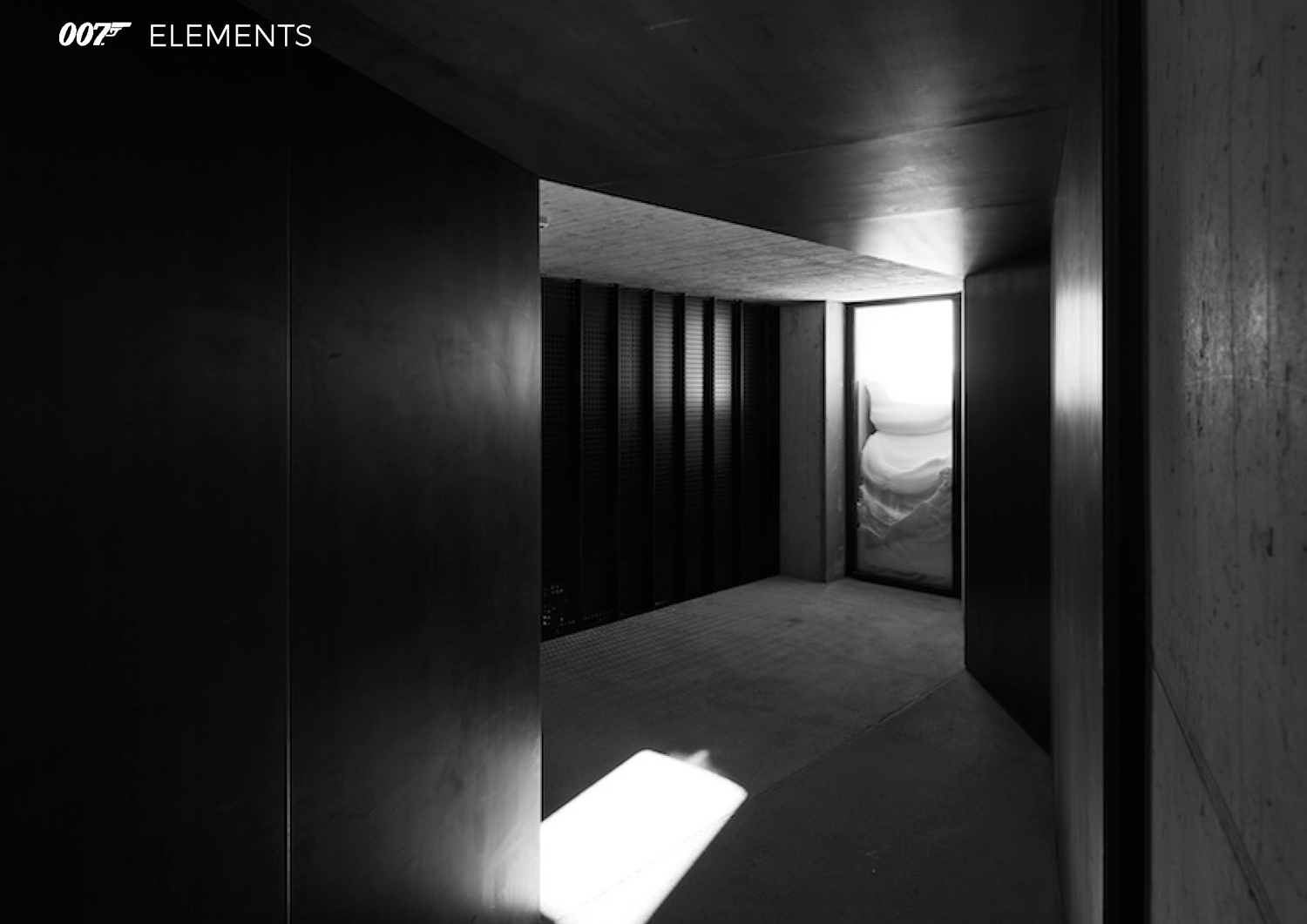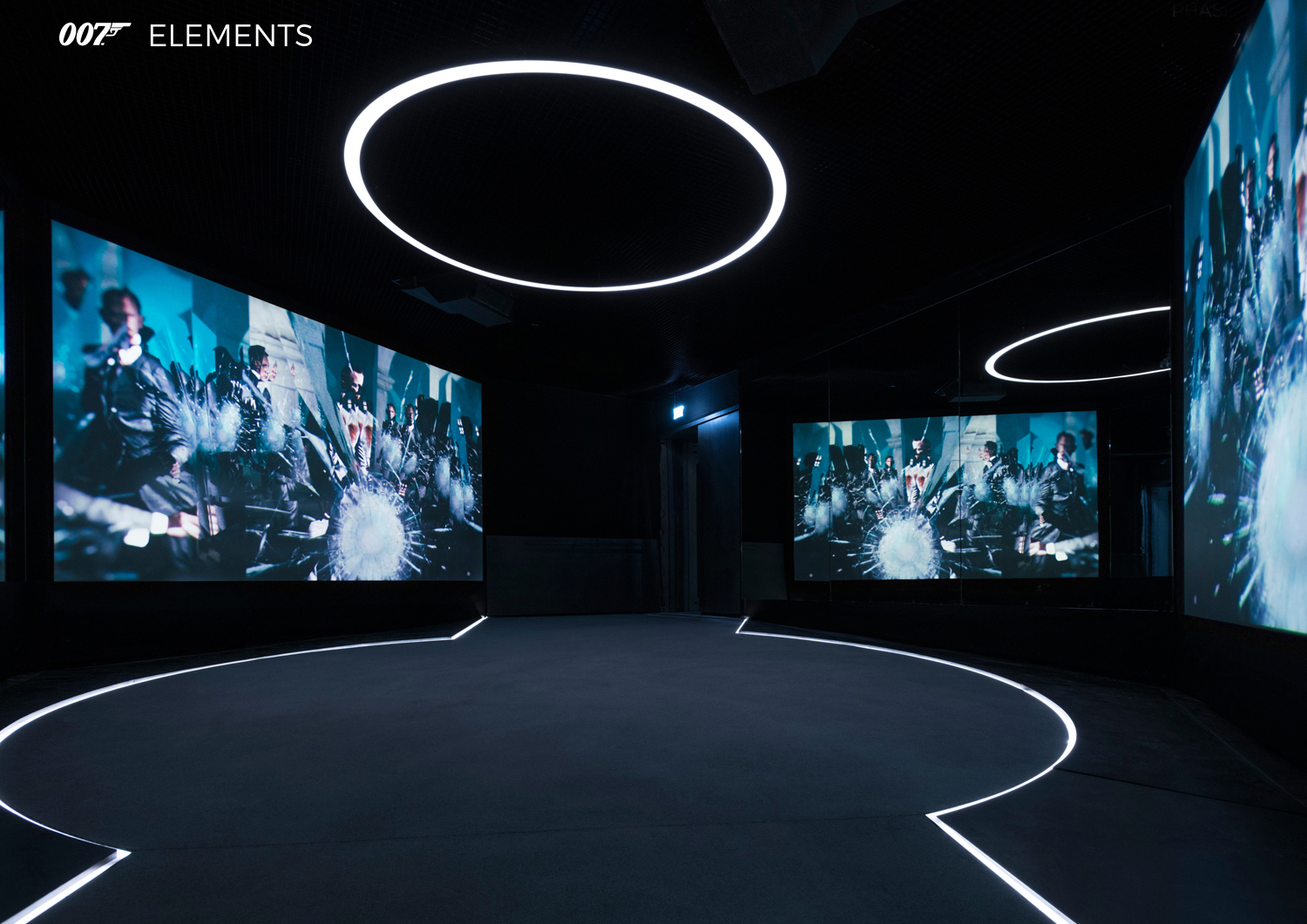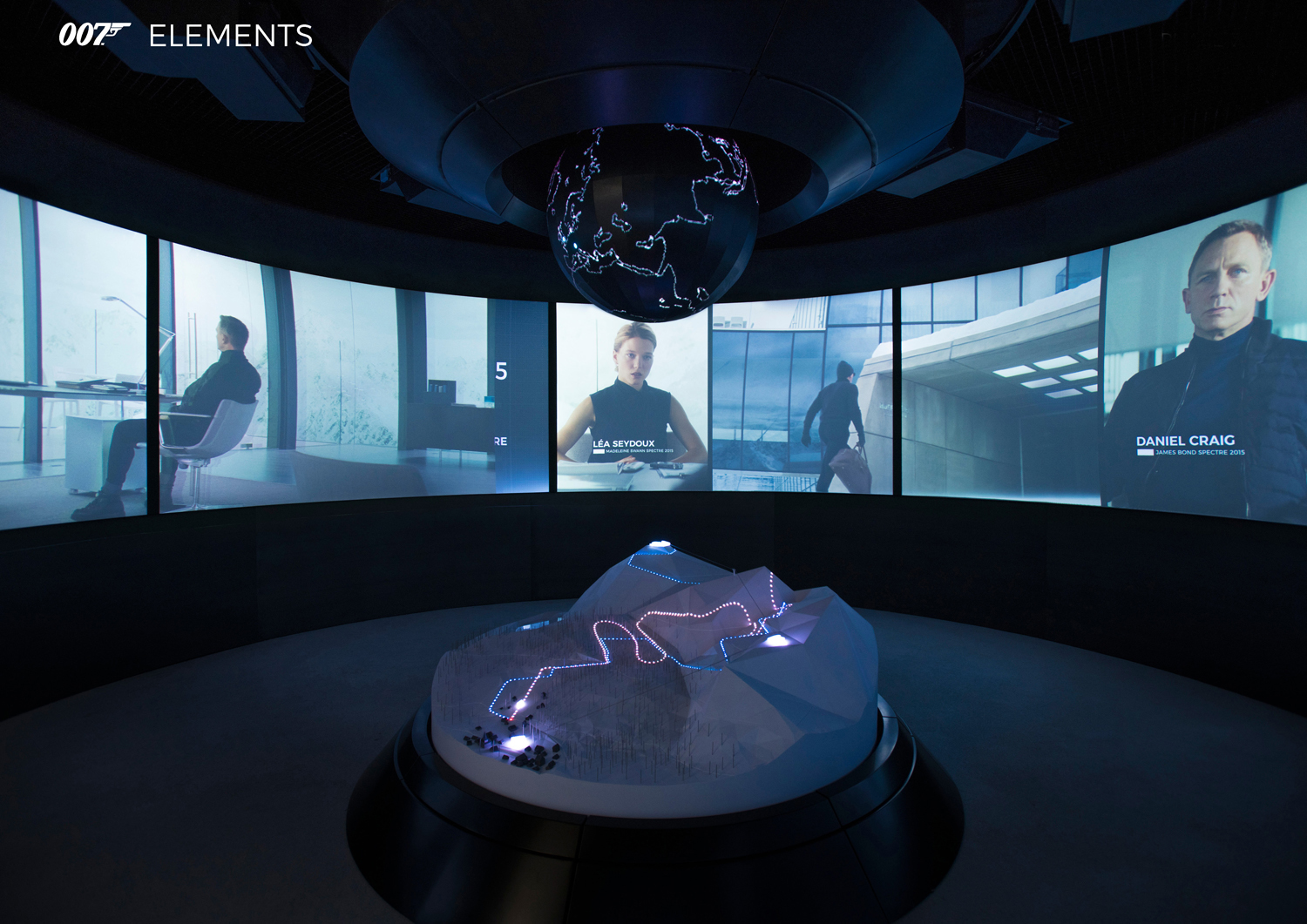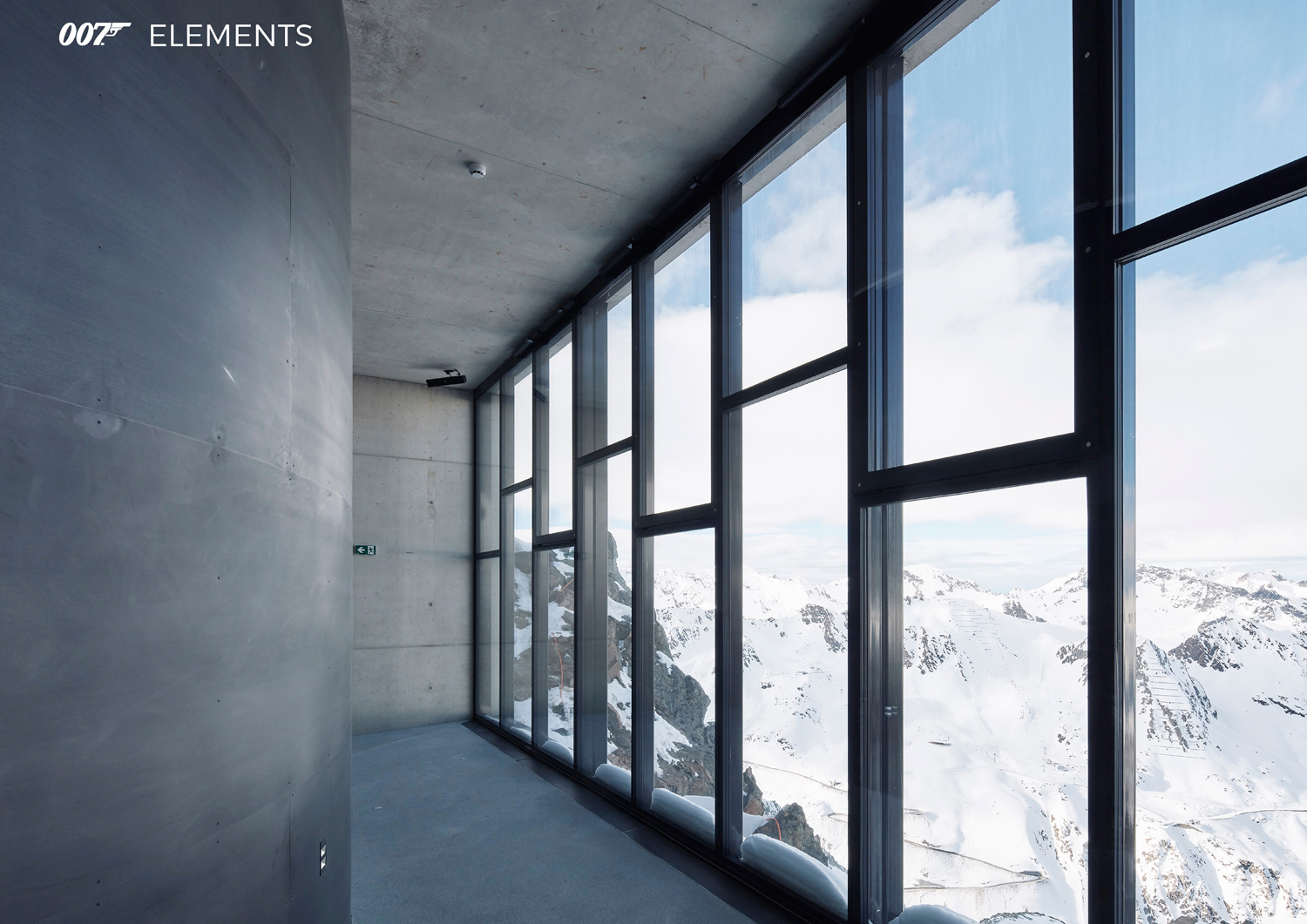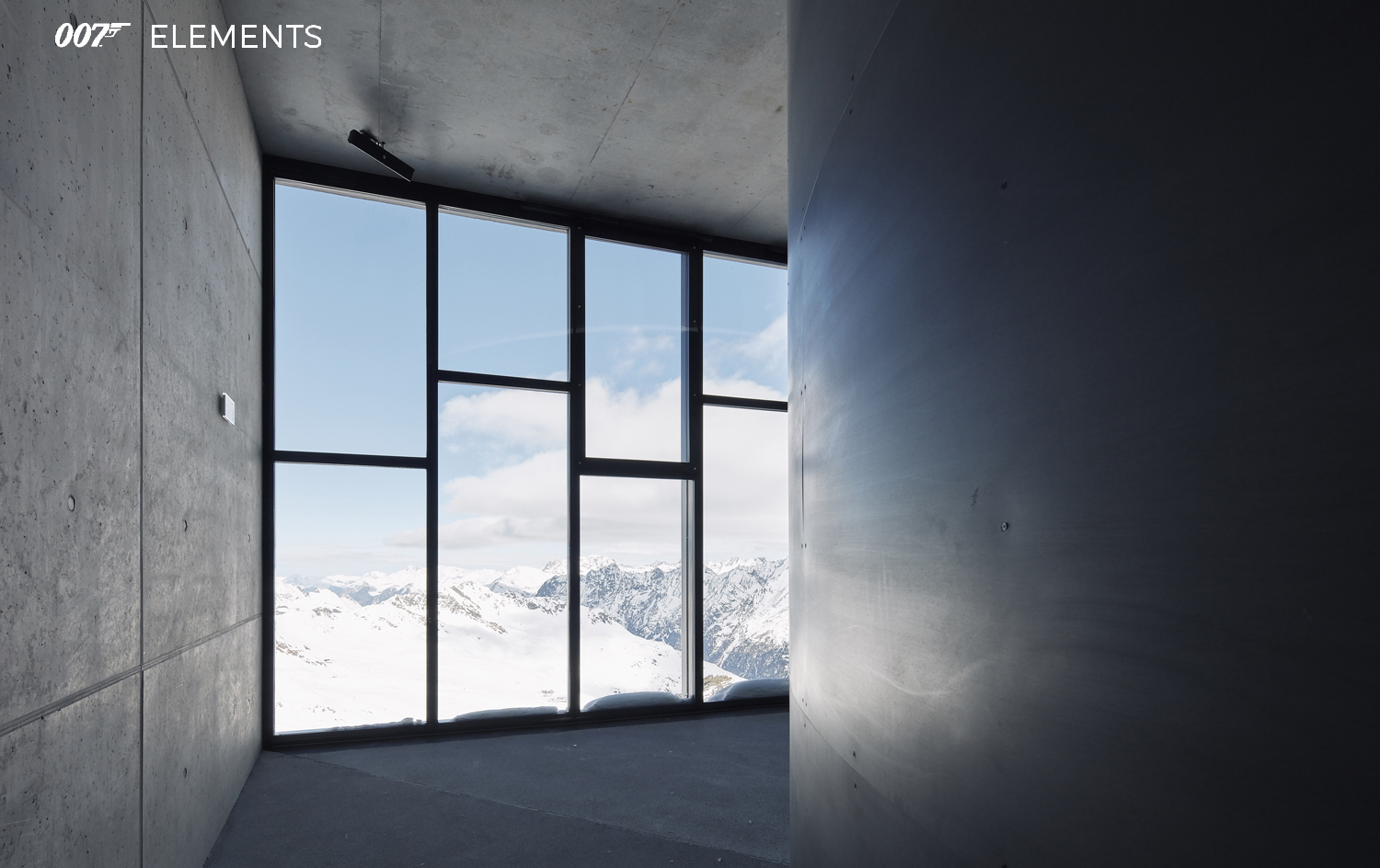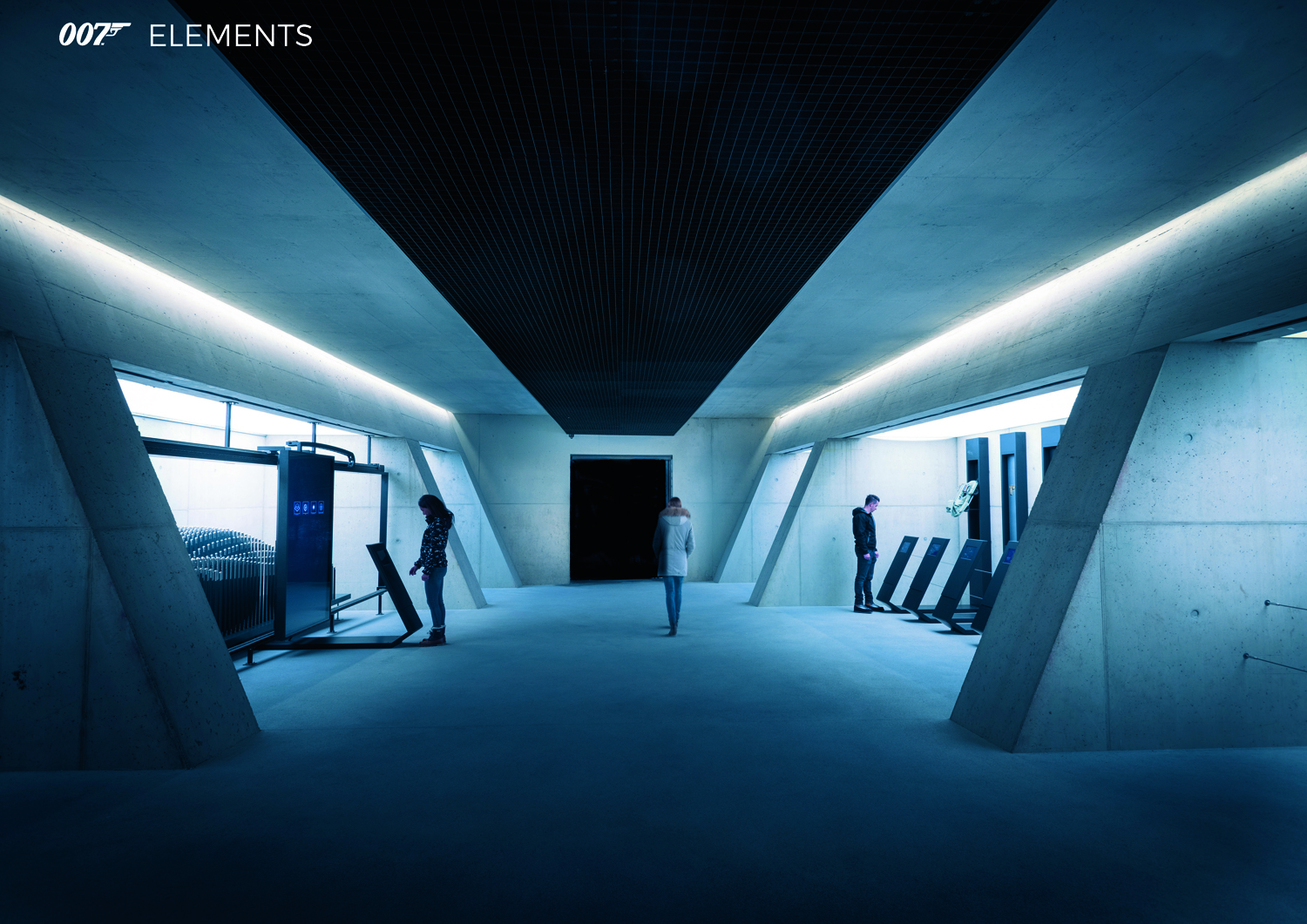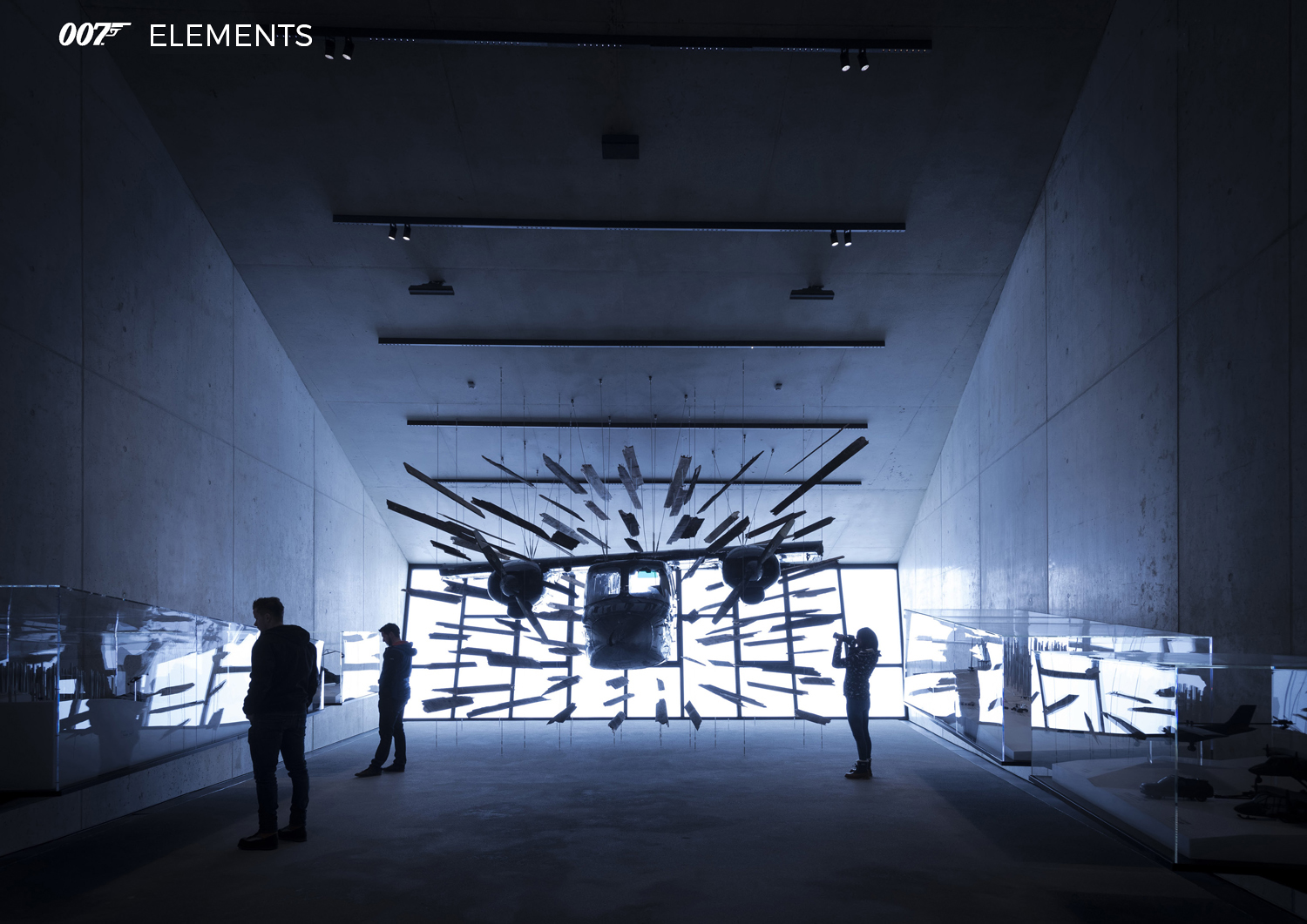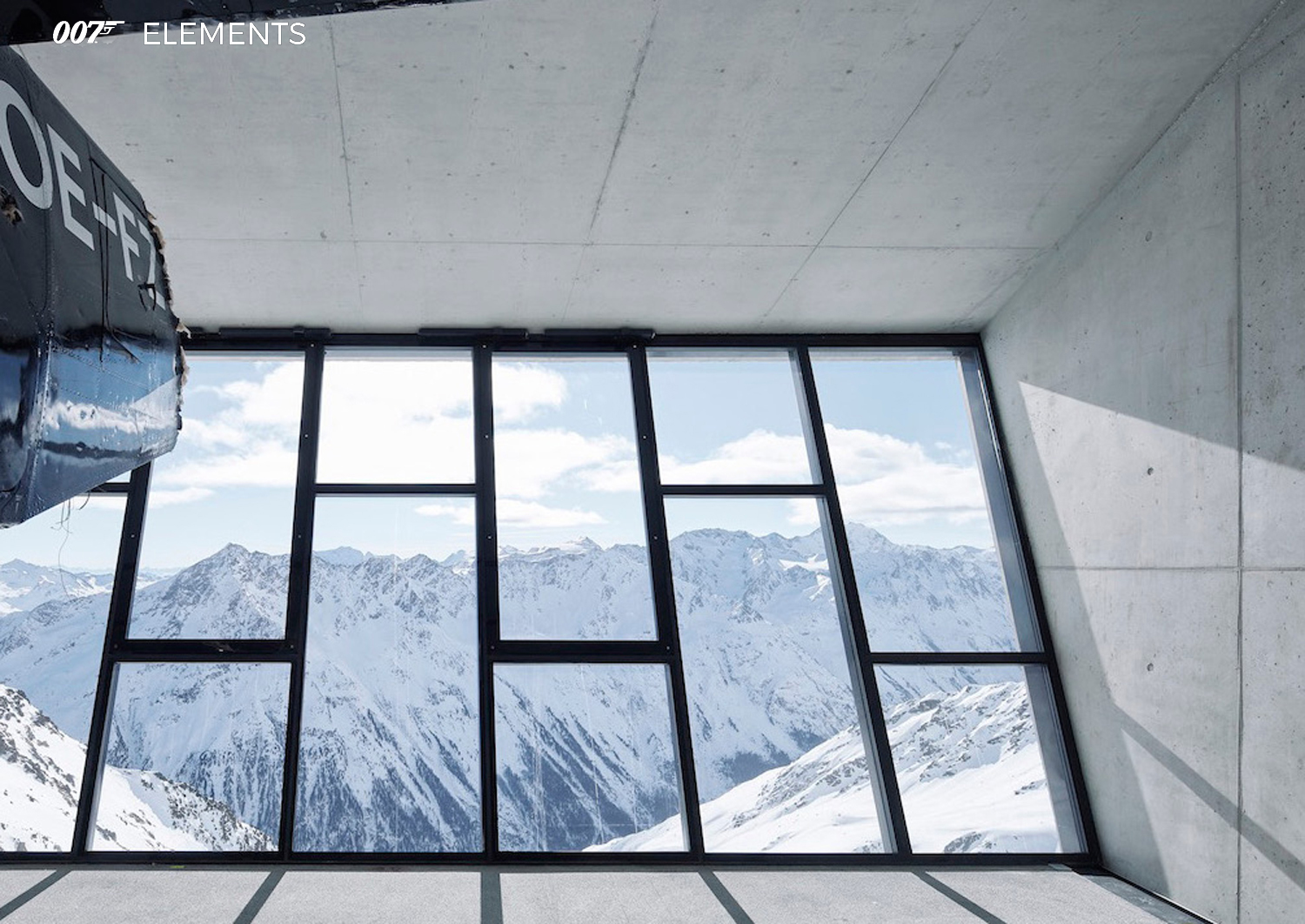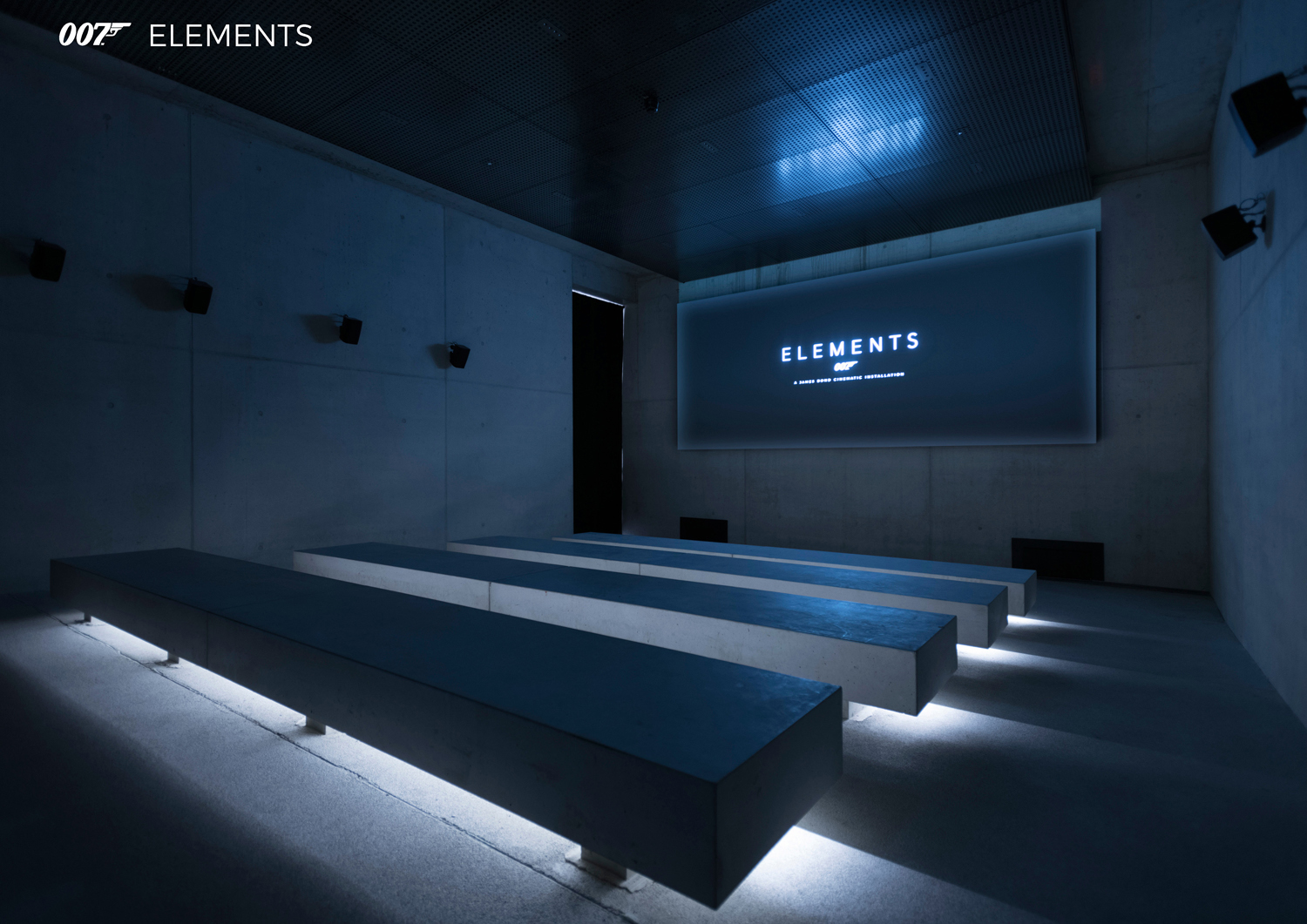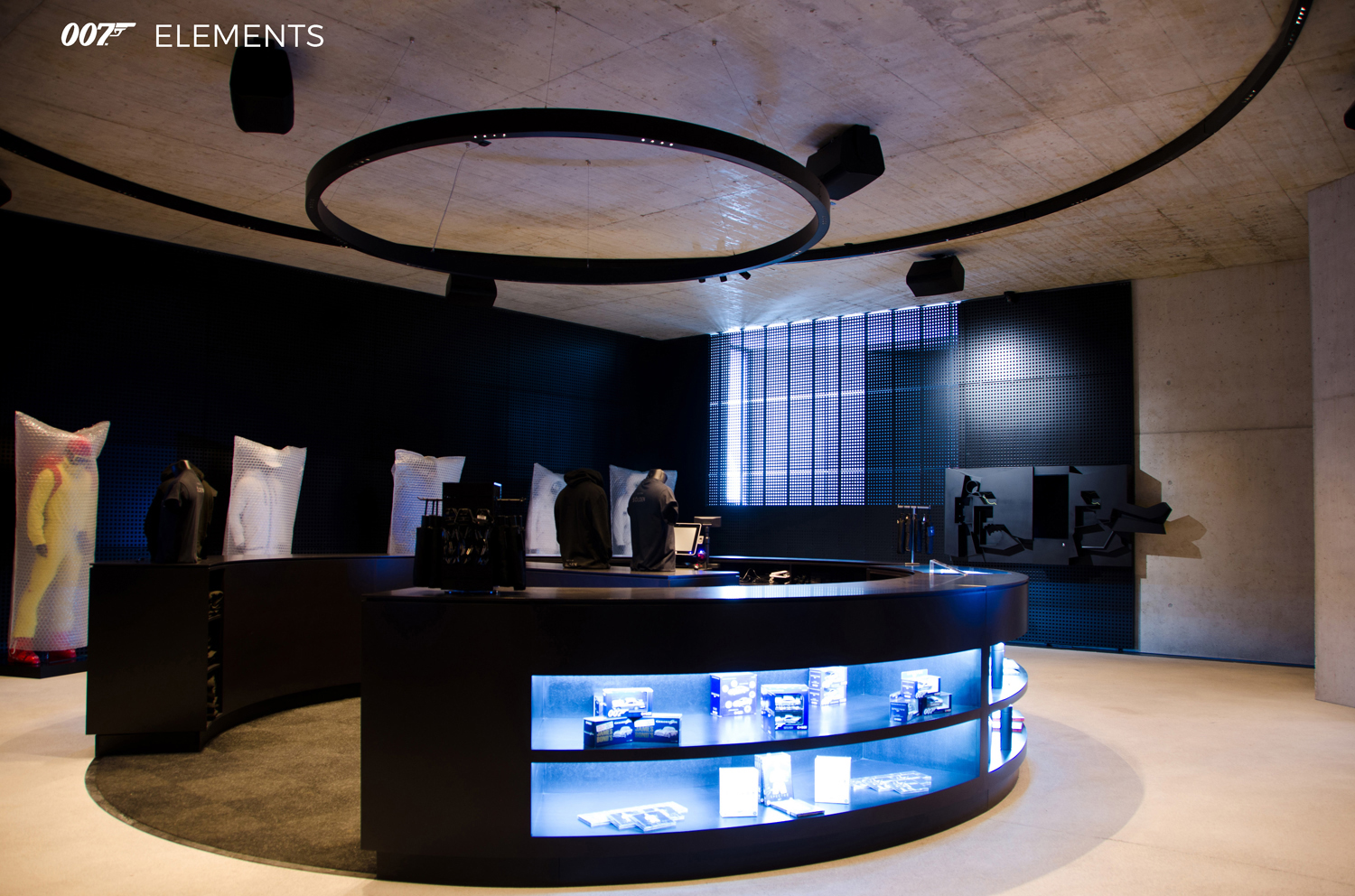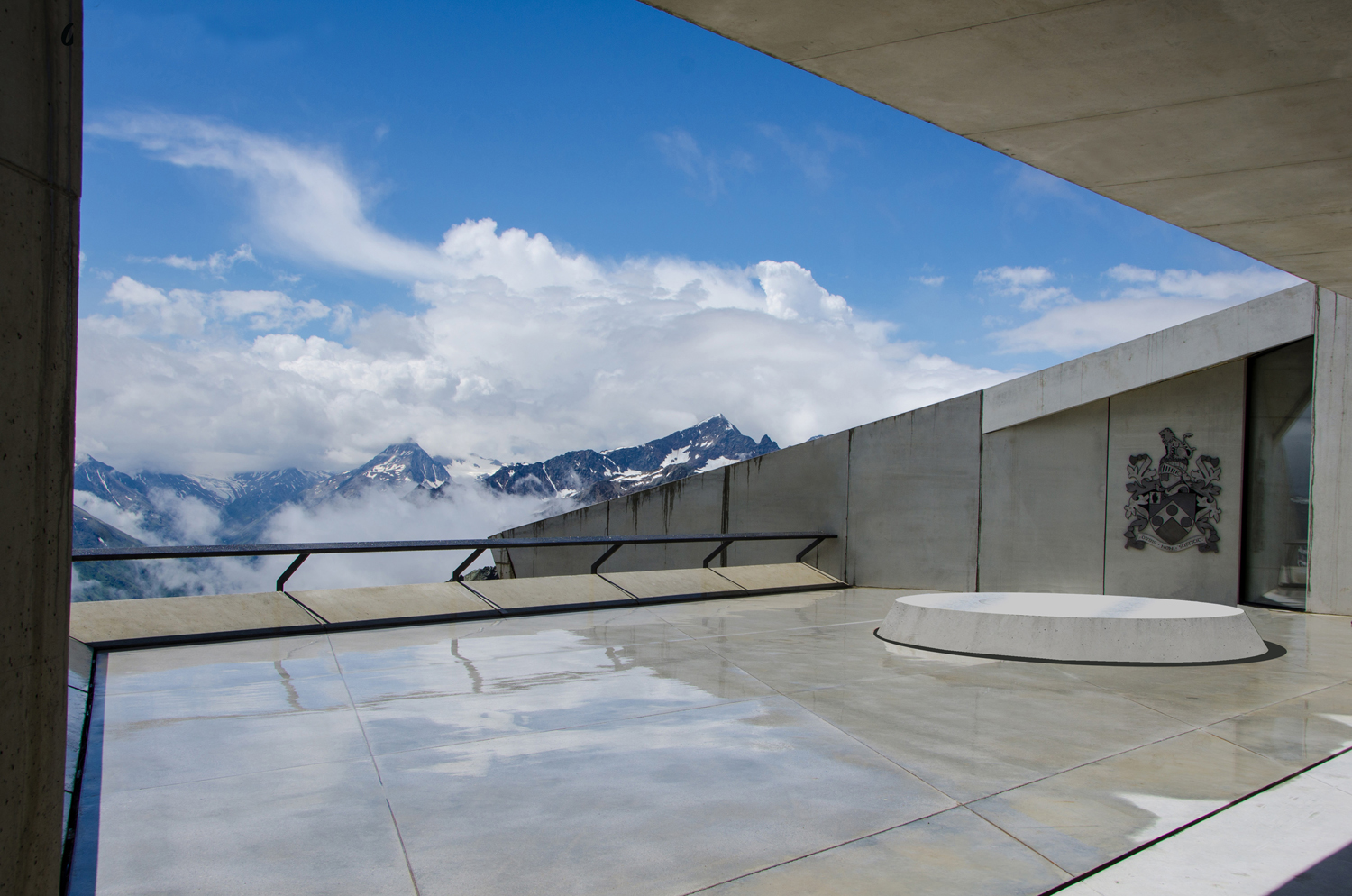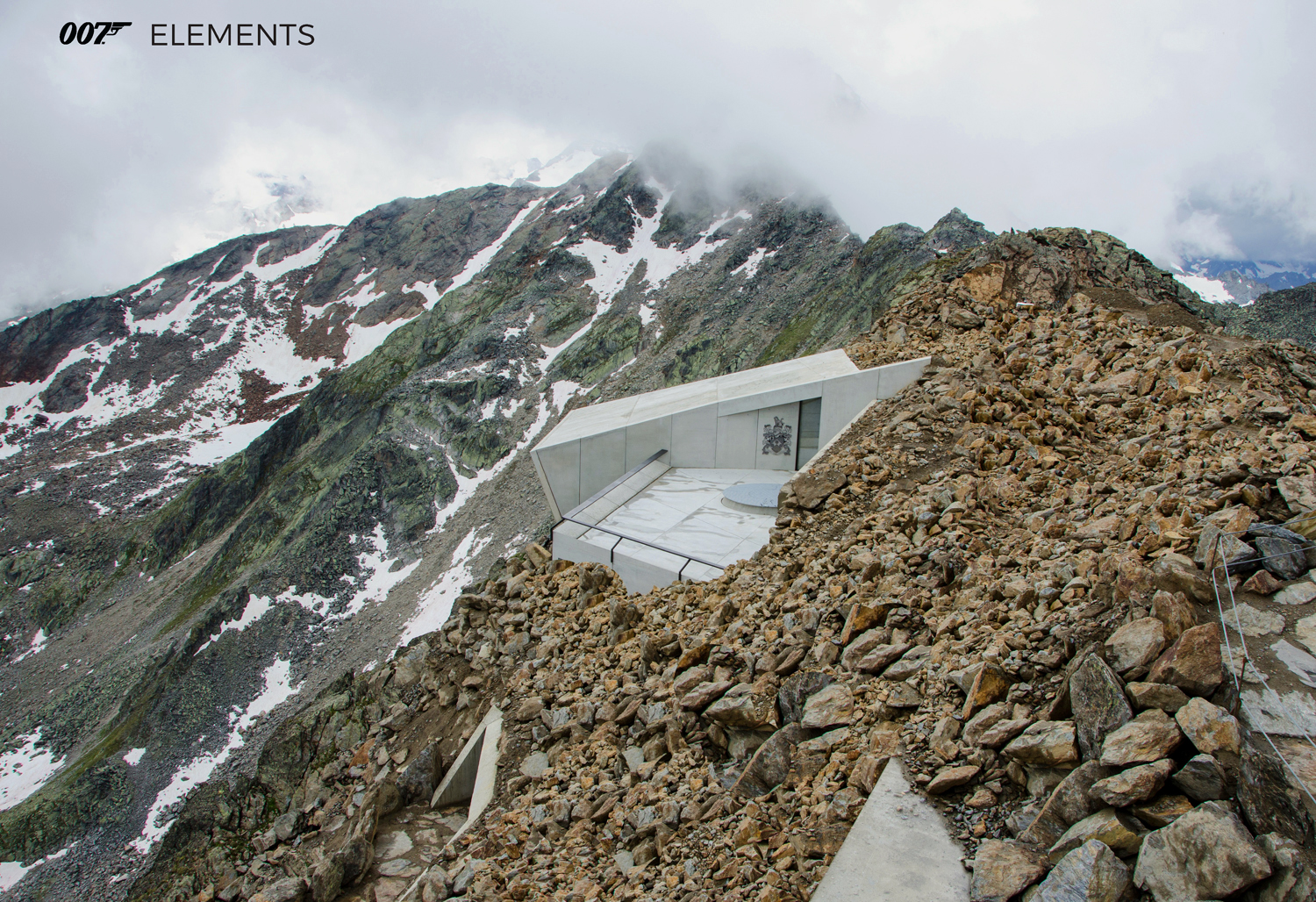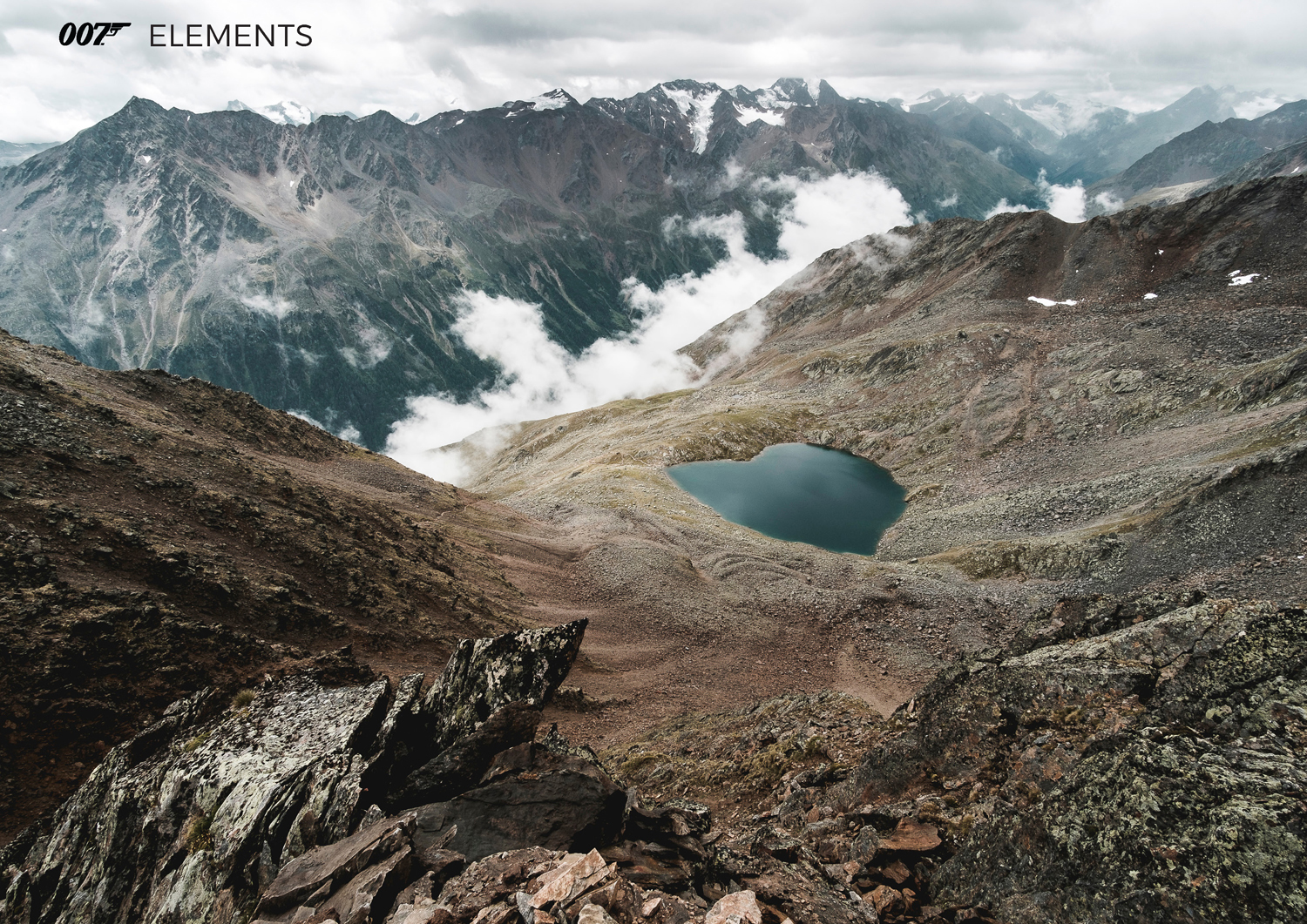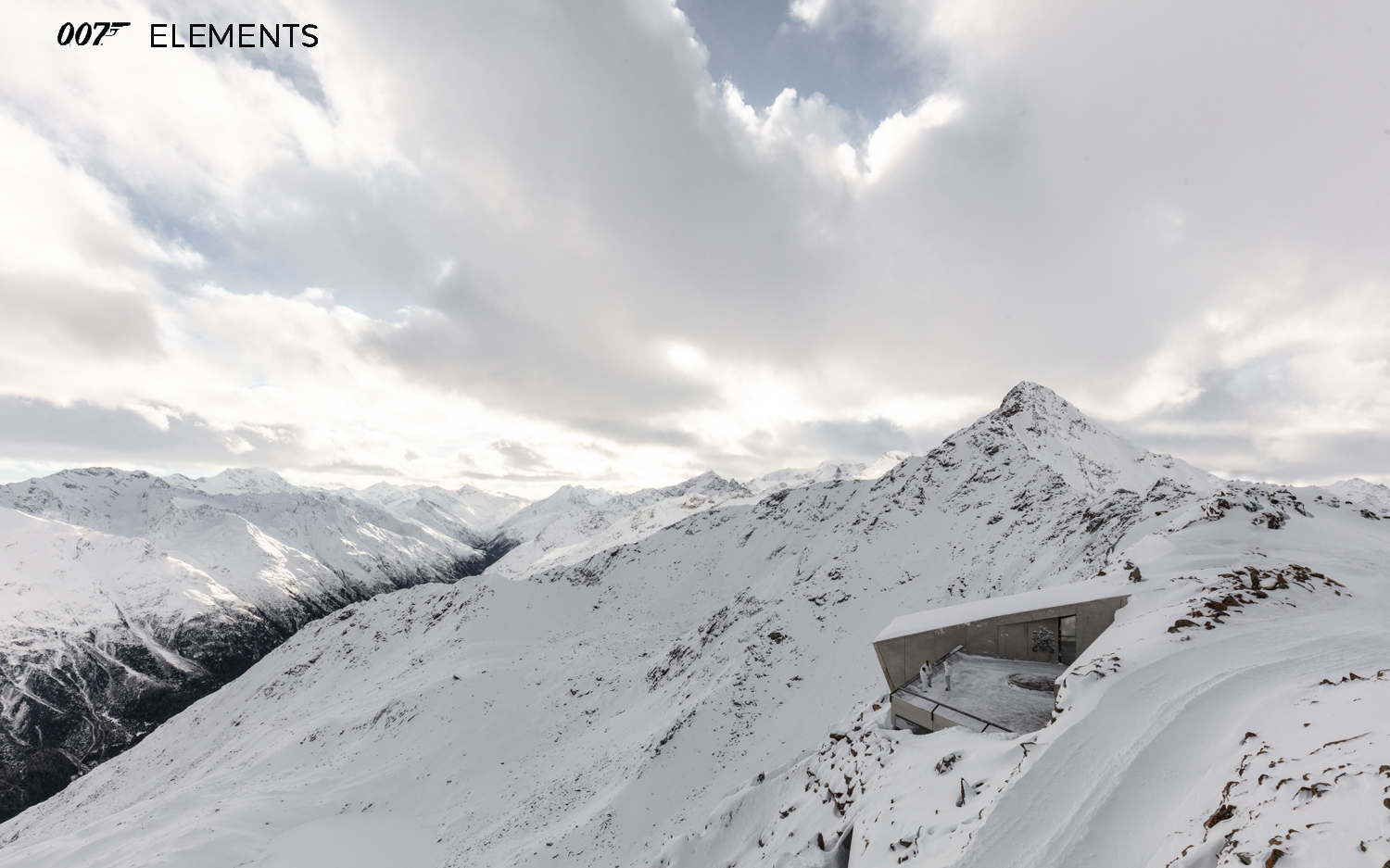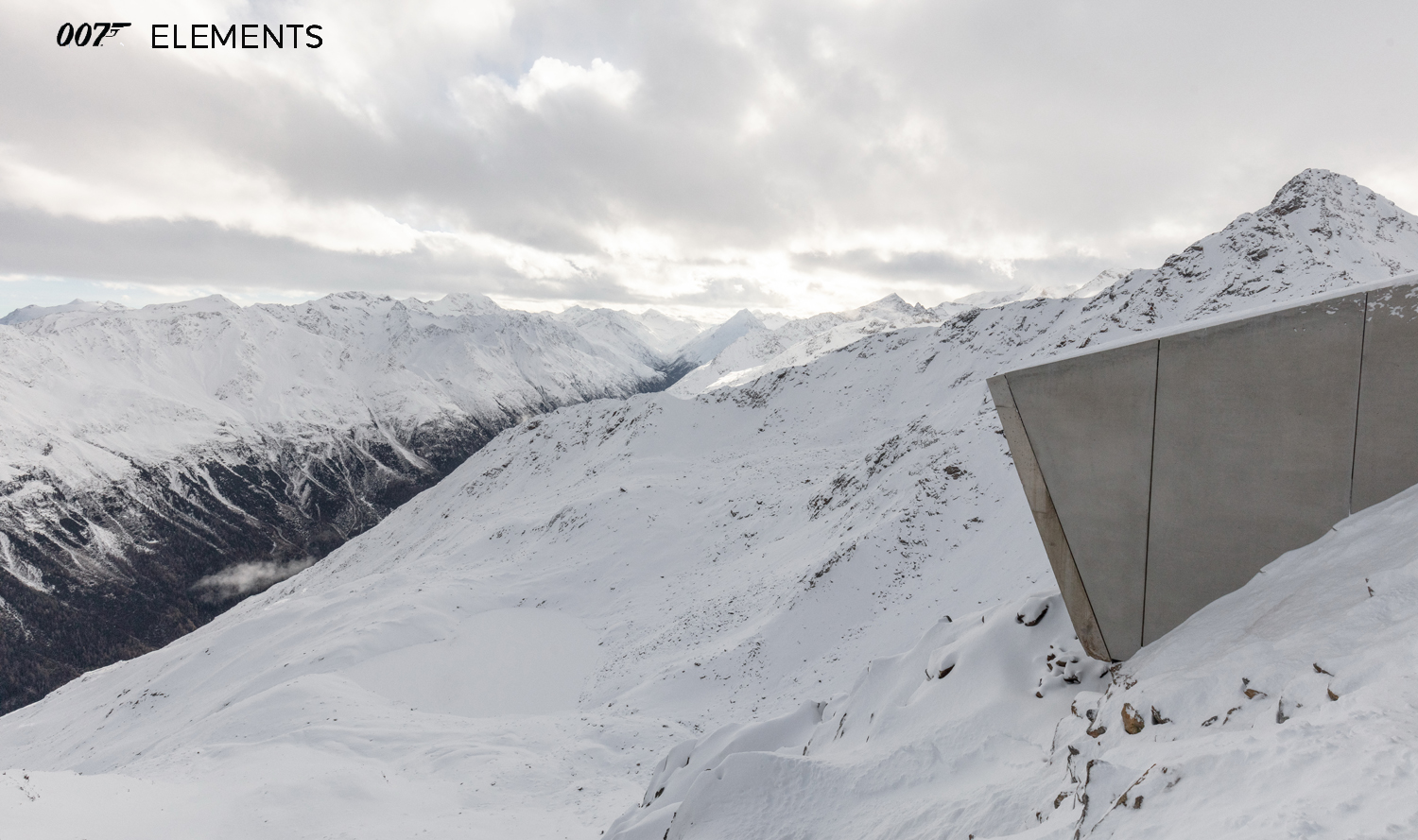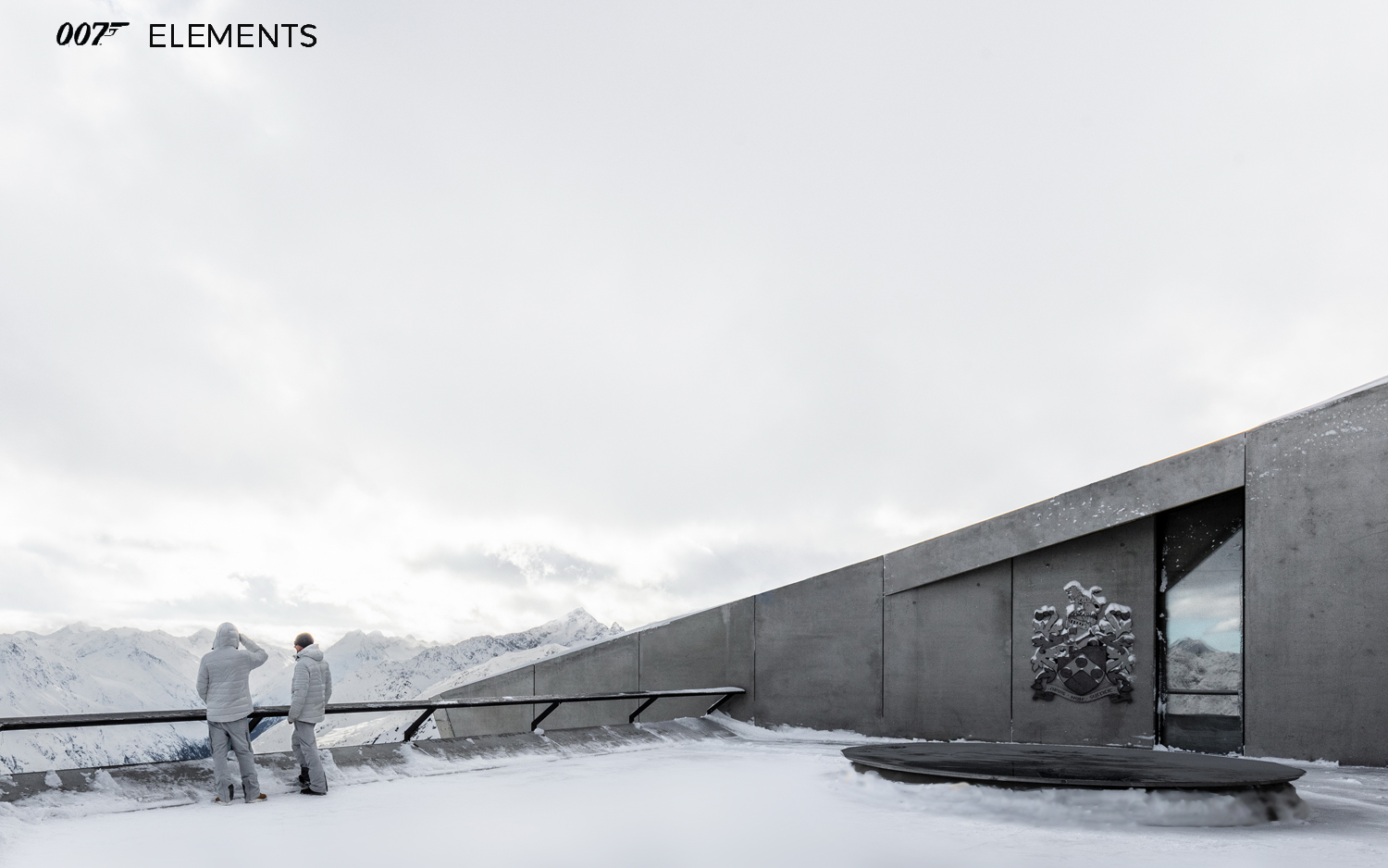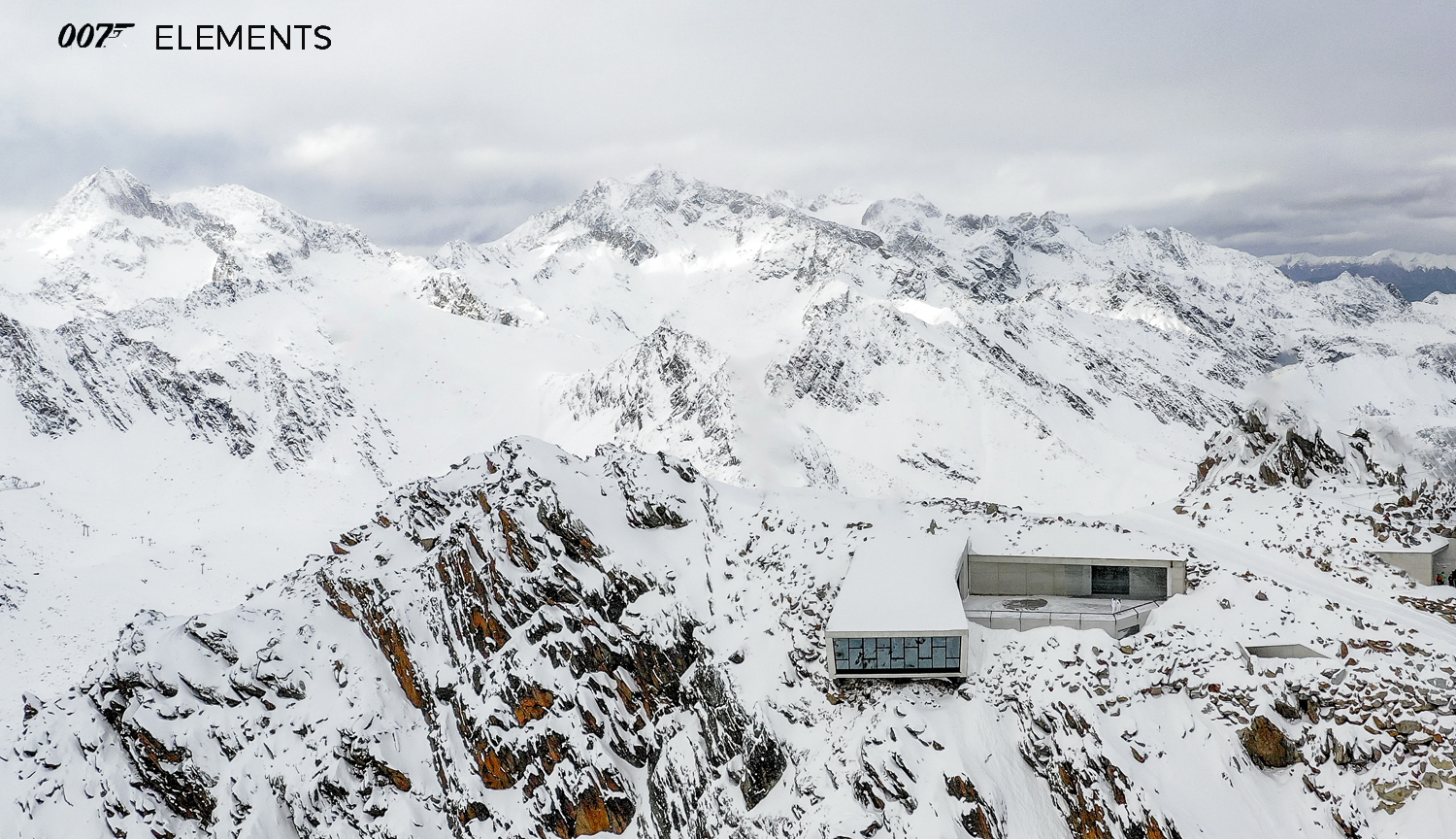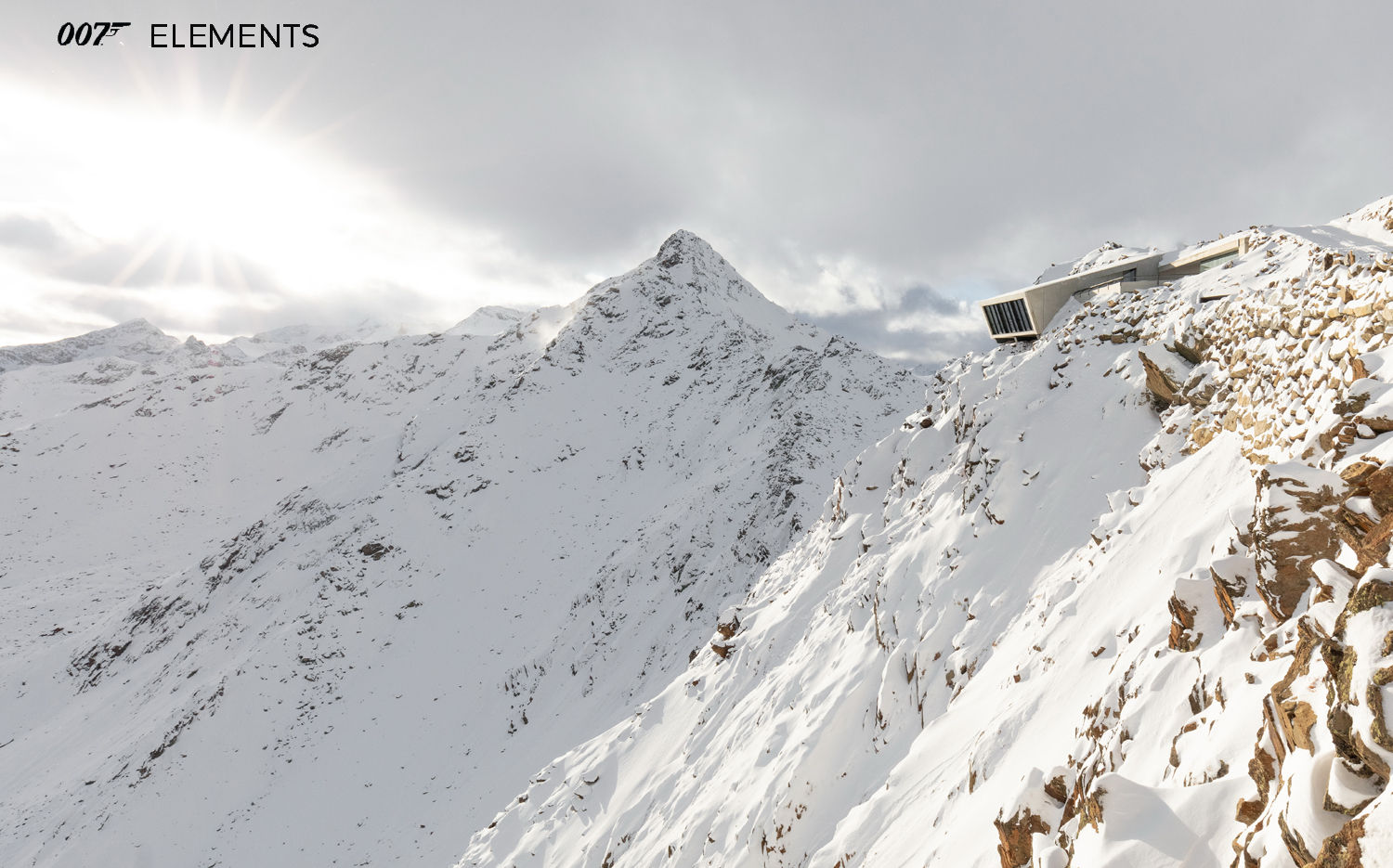Project Description
Architecture in alpine context
Increasing trends in alpine contexts are the accessibility of mountain peaks, the demand for challenging architectural outcomes and contemporary cable-way technology. The bond between architectural interventions and environment is stronger, where the natural element still detains great proportions. The focus of the media on architectural highlights confirms and supports this trend.
In this context, relevant architecture assumes a symbolic role and a huge potential, as one of the most effective marketing tools for defining regional identities and for projecting their resonance to the world. Leading an accurate analysis of local features, detecting and translating potential challenges into inspiring outcomes, are mandatory processes for ‘authentic’ architecture. Successful architectural outcomes operate as ‘landmarks’, serve as dynamic engines, amplify the recognition value of regions and local economies. Tourism resorts in the Ötztal Alps benefit enormously from the reach generated by contemporary landmarks.
Vision and methodology
Our approach strives for achieve innovative, site-responsive architecture. We handle each assignment as a unique challenge requiring tailor-made solutions. Our definition of ‘genuine’ architecture is arising from a thoughtful analysis of local specific characteristics, connecting and evaluating the environmental impact of the intervention and translating potential challenges into inspiring outcomes.
With 007 Elements, the desire to create an impressive architectural object and the wish to incorporate the dramatic natural environment in the interior spaces was present from the start.
Design criteria precisely regulated in other building typologies, such as structural and physical requirements, had to be newly developed for this extreme location. Designing at high altitude is an adventurous journey. Curiosity and a passionate approach were our driving forces.
While designing the architecture for 007 Elements, we wanted to create ambivalent spaces, where to experience the multifaceted realities of James Bond. Initially we were looking for inspiration in the work of the Bond Production Designer Ken Adam. To best embody the philosophy of the installation’s contents, curated by Neal Callow (Creative and Art Director on the last four Bond films) and Tino Schaedler (Head of Design at creative agency Optimist Inc.), we kept an intense and open exchange-process.
Wide openings selectively frame spectacular views, establishing visual connections to the film locations of Spectre: the Glacier Road, the ice Q Restaurant, the Ventertal and Rettenbachtal Valleys. The acoustic staging enhances this sensorial and visual experience.
Design process
007 Elements is a cinematic installation, the experience is closer to a film than a museum in the traditional sense. Its location at 3.040 meters above sea level, the breath taking natural scenery and the dramatic climate changes make the whole setting unique and spectacular.
We wanted to create an exhibition reality differing from usual installations, a place where opposites can coexist, where contemporary reality and futuristic, virtual worlds could merge. Spatial sequences have been planned as mainly introverted spaces, to allow the senses to sharpen up and fully commit to the Bond world.
Our first design proposal was a two-storey concrete cube, piercing the ridge, projecting on both sides beyond the abyss, with exhibition spaces connected by suspended bridges. Then the geological circumstances led to several alternative solutions. Various studies, exploring spectacular approaches near the cable car station, proved to be not suitable for the existing ensemble at the summit. Following the philosophy of the creative concept, we developed new ideas.
In the final design, we developed the concepts ‘inside the mountain’ and ‘iceberg principle’. Nine free concrete chambers were the result of this process, connected by ramps and located in the mountain. The path through the exhibition unfolds through slightly inclined, almost unnoticeable descending levels, an alternation of sophisticated spatial sequences: sloping-narrow, dark, wide-bright-extroverted, real-virtual, slender-high, compact-stretched, polygonal, cylindrical and so on. At the end of this journey, a steep stunning mountain panorama suddenly stands at the visitor’s feet.
Materialization and engineering
A reduced material’s selection was essential to the design concept: concrete, steel and glass. Materials embody the archaic strength of the environment, while representing the modern aesthetic of the Bond brand. We created raw, minimalist and bare settings contrasting with timeless and innovative high technology elements, able to withstand extreme temperature fluctuations.
Exhibition rooms and furnishings are made of precast-concrete. Oversize stainless steel doors emphasize the transition spaces through the chambers, while perforated black steel panels for suspended ceilings and acoustic cladding enhance the soundproofing. We created contrasts of light and dark.
Highly innovative engineering solutions and energetic optimization have been essential to the process. The choice of avoiding heating and cooling effected and pushed technology to its limits, having to withstand temperatures above and below zero. The idea has been aiming to let the alpine climate permeate the interiors and make sure that visitors inside would not forget the astonishing environment.
At 3.040 meters height we have been dealing with permafrost. This unstable soil, a frozen rock conglomerate in perpetual adjustment to temperature fluctuations, is a challenging foundation to build on. As we did for the Gaislachkogl Cable Car Stations and the ice Q restaurant, we have once more chose naturally ventilated foundations. Cuffs adjusting to the movements of the rock conglomerate flexibly connect the concrete cubes.
The project faced significant construction obstacles. Geological fault lines, the exposed location on the ridge and the extremely short building span created huge challenges. During the construction phase, the winter turned out to be the worst in the last 15 years. Snowfall started in July, storms and massive snowfall prevented us from getting vehicles on the site, the crew could not work for more than a few weeks at a time, they had to work on rotation shifts.
The structure has a volume .of approx. 8.500 m3, the exhibition covers approximately 1.200 m2.
Technical information
Client: Ötztaler Gletscherbahn Ges. mbH & Co. KG. Sölden
Location: Sölden, Tyrol, Austria
Completion: June 2018
OMO Team: Christoph Neuner, Andreas Norz, Robert Wibmer, Harald Brutscher
Pictures: Kristopher Grunert, David Schreyer, Rudi Wyhlidal, Robert Wibmer

